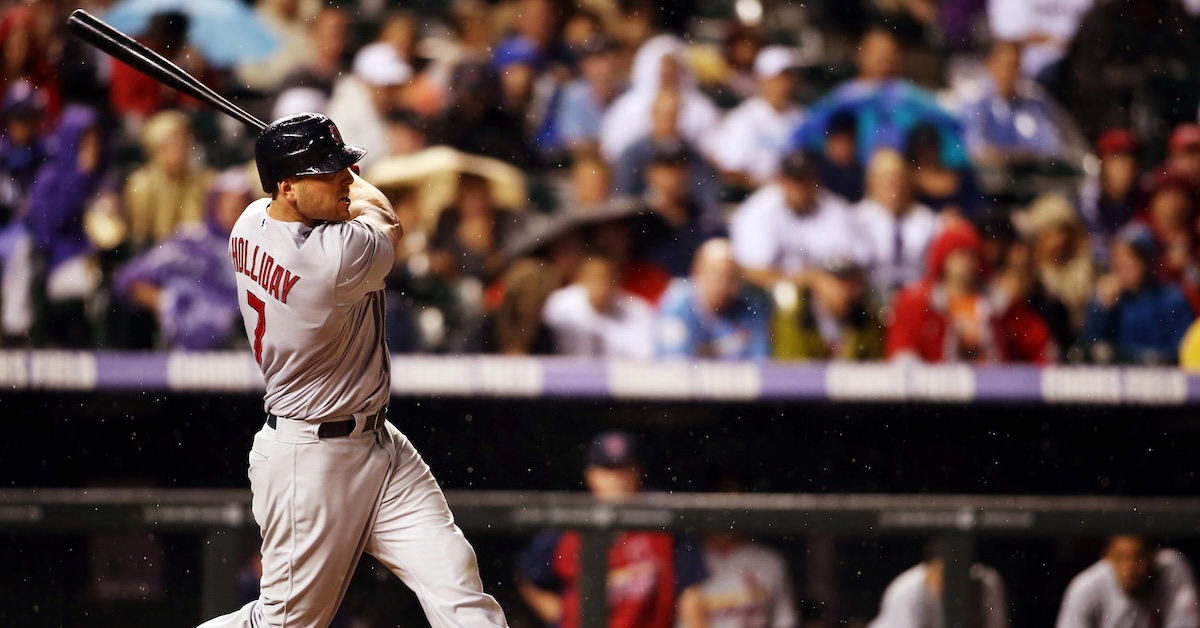Forever Giant Heads to St. Louis

When the Cardinals signed Brandon Crawford to a one-year, $2 million deal earlier this week, the first thing that popped into my mind was a two-word hashtag. I figured it wouldn’t be long before the Giants’ social media accounts would send out the same thing they always post in response to the departure of a franchise icon: #ForeverGiant.
Of course, #ForeverGiant is a public relations gimmick, a way for the organization to soften the blow for fans who are sad to see one of their favorite players retire or, worse, wearing another team’s uniform. Yet in the case of Crawford, who grew up a Giants fan in the Bay Area and who became the franchise’s all-time leader in games played at shortstop, those two words actually rang true. They weren’t a ploy; they were a promise.
That’s why Crawford’s leaving San Francisco is sad for many Giants fans and weird for the rest of us. But moving on from something and getting over it are not the same thing. It was time for the Giants to move on from Crawford, to let him go somewhere else, even if it wasn’t an easy decision. Read the rest of this entry »





